On Monday, 6th April 2020, the Prime Minister of New Zealand, Jacinda Ardern, has determined that the Easter Bunny and the Tooth Fairy are essential workers in our age of the coronavirus pandemic.
 The PM has posted an Easter egg coloring project on her Facebook page to support children (and people like me who like to color) in the #StayHome era.
The PM has posted an Easter egg coloring project on her Facebook page to support children (and people like me who like to color) in the #StayHome era.
In the U.S., the day before on Sunday 7th April, Dr. Deborah Birx advised Americans that, “The next two weeks are extraordinarily important. This is the moment to not be going to the grocery store, not going to the pharmacy, but doing everything you can to keep your family and your friends safe.” [Dr. Birx is the Coronavirus Response Coordinator for the White House Coronavirus Task Force, and closely collaborates with Dr. Anthony Fauci, Director of the National Institute of Allergy and Infectious Diseases and a leader in the Task Force].
Like PM Ardern, Dr. Birx realizes she made her remark exactly one week before Easter Sunday — a holiday celebrated by millions of Americans gathering with family and friends for food, festivity, and prayer. Dr. Birx is a grandmother and mother, and remarked that she couldn’t take care of her 10-month-old granddaughter over the weekend suffering a high fever — her immunologist professional self over-taking her caregiving grandmotherly nurturing side.
She explained: “We need to take care of each other now as Americans and do everything that’s in those guidelines. And I know they are tough. I know incredibly how tough they are. My grandchild of 10 months got a fever of 105 this weekend. I’m the doctor. And I couldn’t get there.”
In the meantime, most Americans are doing their level best to physically distance themselves and hunker down at home, the Kaiser Family Foundation early April health tracking poll found — the mass of the U.S. sheltering in place.
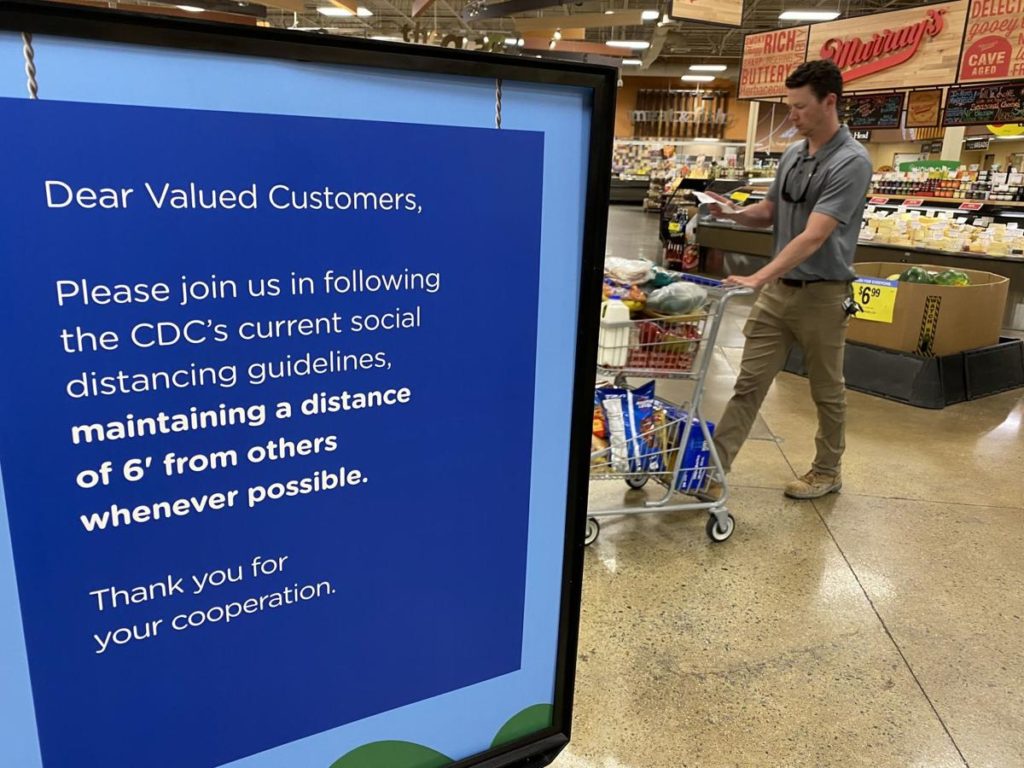 So we head outdoors for walks and runs and skating and cycling, careful to keep 6-feet away from other people.
So we head outdoors for walks and runs and skating and cycling, careful to keep 6-feet away from other people.
The only places “to go” outside of the house are the grocery store and pharmacy, kept open as “essential operations” during the COVID-19 pandemic.
It’s natural, then, that many people have taken to these retail destinations as social opportunities, Phil Lempert, my go-go Supermarket Guru, explained in a Facebook Live conversation this week. “What’s happened is the grocery store is one of the few places open…[a kind of] center for entertainment. We can’t go to movies or a ballgame but can go to the grocery store,” Phil noted. “People have a need to see and talk to other people,” now using grocery as that social vehicle, he described.
In fact, I was lyrically in my book HealthConsuming: From Health Consumer to Health Citizen, about the grocery store as a health destination.
But what about Dr. Birx’s sage advice this week?
Some leaders in the grocery industry have taken Dr. Birx’s counsel to heart, which may be counterintuitive on the surface in terms of business and short-term profit-maximizing rationale.
H-E-B President Scott McClellend urged customers, “If you come to the store, don’t come with your entire family. I was in the store yesterday and because people are bored they’re like, ‘Hey, let’s all go to the grocery store.’ So, a family of six showed up. Send one person, that way you lessen the ability for the virus to spread.”
Further insights into grocery’s commitment to physical distancing were offered by Meg Major in Winsight Grocery Business, Phil’s collaborators in the Facebook conversation.
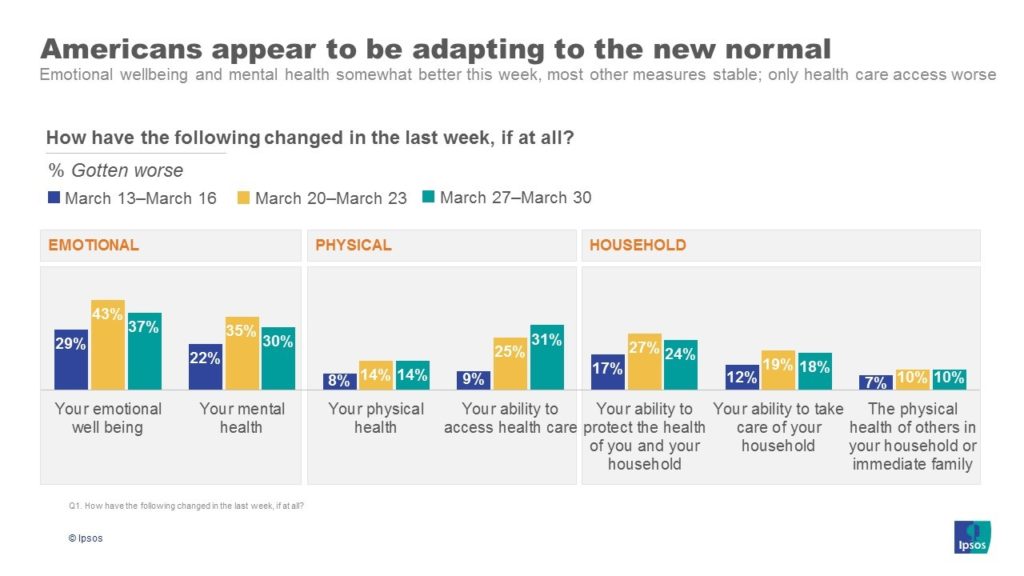 Health Populi’s Hot Points: This morning, my home is scented with the Passover Seder delights of chicken soup, matzo balls, coconut macaroons and other ritual recipes passed to me from sources as wide-ranging as my mother and Martha Stewart. We are hosting a virtual Seder via Zoom this evening with friends and family across the U.S. and Dublin, Ireland (they are 5 hours later but don’t want to miss the meet-up — hungry for social connection back to us from across the Pond).
Health Populi’s Hot Points: This morning, my home is scented with the Passover Seder delights of chicken soup, matzo balls, coconut macaroons and other ritual recipes passed to me from sources as wide-ranging as my mother and Martha Stewart. We are hosting a virtual Seder via Zoom this evening with friends and family across the U.S. and Dublin, Ireland (they are 5 hours later but don’t want to miss the meet-up — hungry for social connection back to us from across the Pond).
In this Holy Week for people of many faiths, we are growing new muscles, for better-for worse, in the coronavirus era, as Ipsos found in their recent poll shown here in the bar chart. Our emotional and mental health are eroding (which I addressed in yesterday’s Health Populi), as well as our ability to get necessary health care. On the upside, the growing adoption of telehealth is helping address an initial on-ramp to health care services — both for physical symptoms and emotional/mental health — for an expanding number of Americans with access to these platforms.
But food is a social determinant of health, and in many local markets access to groceries is difficult. Even the most affluent health citizens on the Upper West Side of New York City can’t access grocery delivery for weeks; and for people living in food deserts, food security and nutrition as a key social determinant of health just exacerbates in the COVID-19 environment — as many in the White House seem surprised at the health disparities found in higher mortality from C19 among African-Americans than white folks. This, rooted in decades of health inequity underpinned by social determinants of health-risks.
To be sure, social isolation is also a social determinant — loneliness kills.
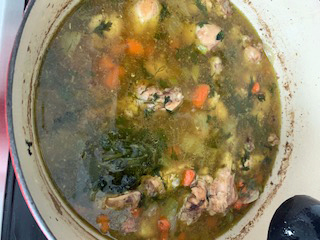
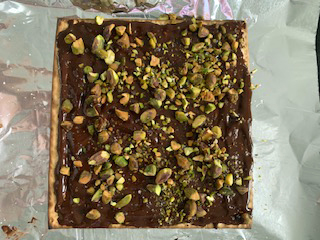
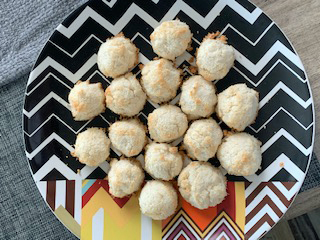 So we come full circle…whether we seek a hug from the Easter Bunny or comfort from matzo ball soup, we come together this week, #AloneTogether via Zoom or Google Hangout or texting or FaceTime or phone call…we are in this together. Stay strong, stay well, find joy in small things at home and on your walks and runs. And stay in touch.
So we come full circle…whether we seek a hug from the Easter Bunny or comfort from matzo ball soup, we come together this week, #AloneTogether via Zoom or Google Hangout or texting or FaceTime or phone call…we are in this together. Stay strong, stay well, find joy in small things at home and on your walks and runs. And stay in touch.
For your food-porn enjoyment, here is a sampling of what I’ve cooked so far for the holiday (here, chicken soup inspired by Polly Sarasohn, matzo with dark chocolate and pistachios from Martha Stewart recipe, and coconut macaroons again from Martha S) . On Sunday, we’ll also celebrate Easter – we’re an ecumenical family — so stay tuned for more from the Slow Food KahnCave.


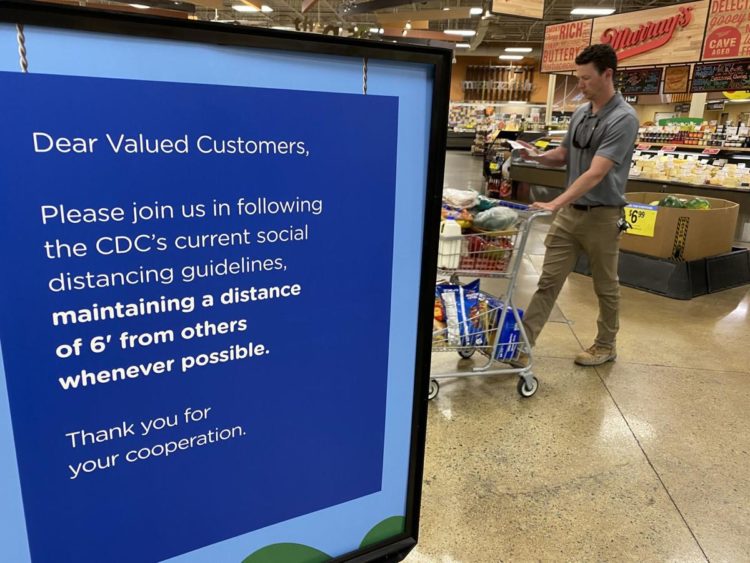


 I am so grateful to Tom Lawry for asking me to pen the foreword for his book, Health Care Nation,
I am so grateful to Tom Lawry for asking me to pen the foreword for his book, Health Care Nation,  I love sharing perspectives on what's shaping the future of health care, and appreciate the opportunity to be collaborating once again with Duke Corporate Education and a global client on 6th May. We'll be addressing some key pillars to consider in scenario planning such as growing consumerism in health care, technology (from AI to telehealth), climate change, and trust -- the key enabler for health engagement or dis-engagement and mis-information. I'm grateful to be affiliated with the corporate education provider
I love sharing perspectives on what's shaping the future of health care, and appreciate the opportunity to be collaborating once again with Duke Corporate Education and a global client on 6th May. We'll be addressing some key pillars to consider in scenario planning such as growing consumerism in health care, technology (from AI to telehealth), climate change, and trust -- the key enabler for health engagement or dis-engagement and mis-information. I'm grateful to be affiliated with the corporate education provider  Thank you FeedSpot for
Thank you FeedSpot for